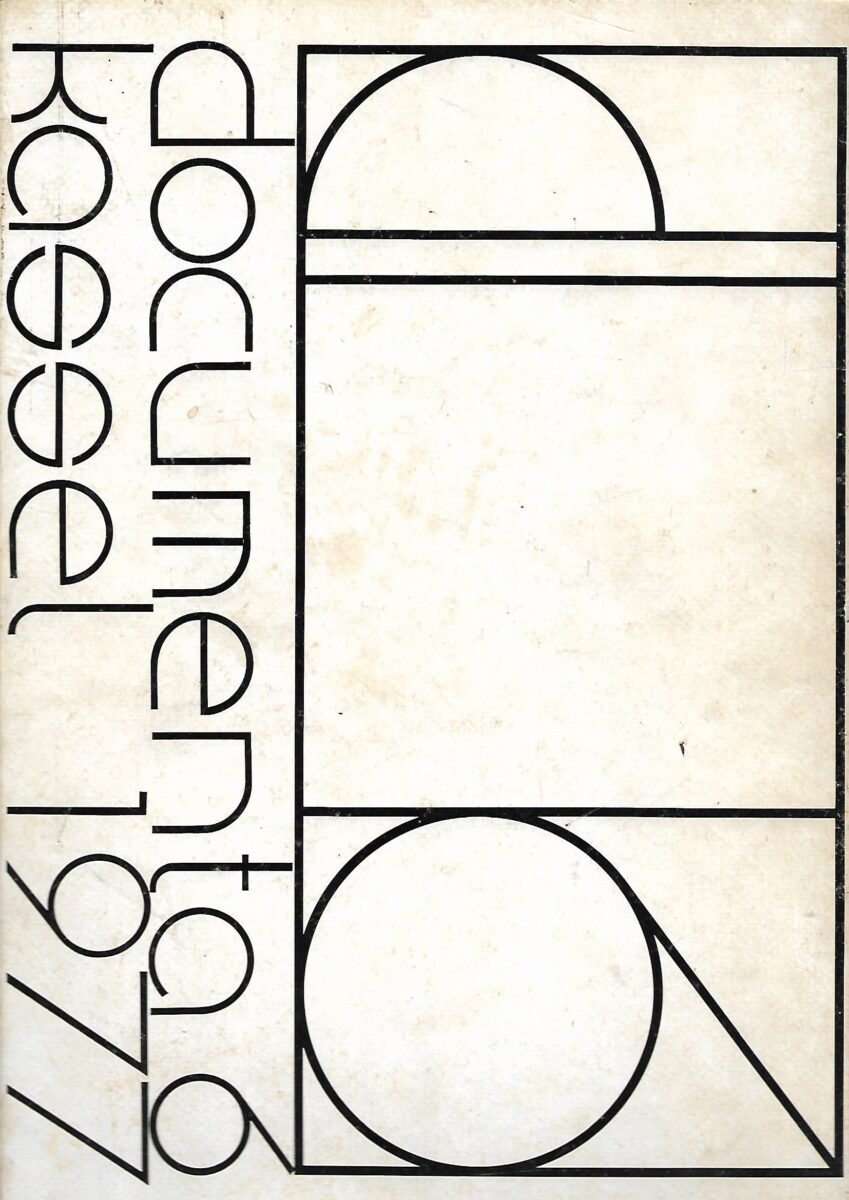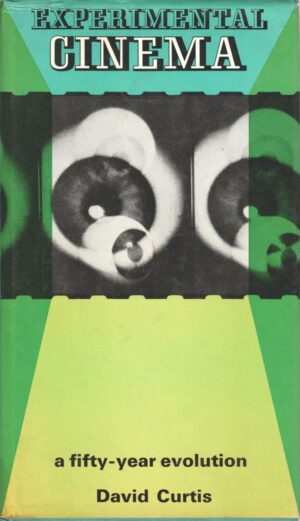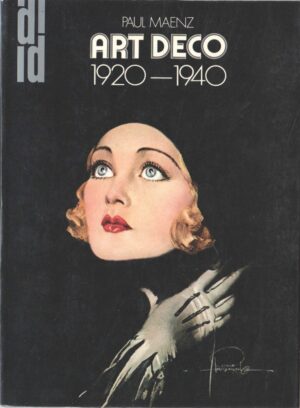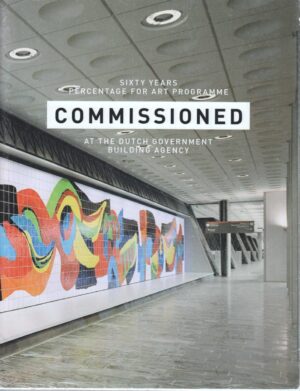Opis
Katalozi dolaze u omotu
- Malerei, plastik, performance
- Fotografie, film, video
- Handzeichnungen, utopisches design, bucher
Documenta 6 of 1977 faced the task of formulating an independent, new definition of the concept of the thematic exhibition following the extensive, encyclopaedic concept the preceding documenta adopted. The media concept of d6, devised by artistic director Manfred Schneckenburger, attempted to rephrase the question about the position of art in the media society, and to do justice to the concept of art as an independent area nevertheless rooted in society, and responsible towards it.
Schneckenburger based his notion of art on three generations of technical media: Photography was presented through an extensive retrospective that not only attempted to document the medium’s technical aspects and developments, but also its communicative and content-related aspects. It was joined by film and video. Alongside several video installations, e.g. Ulrike Rosenbach’s “Herkules-Herakles-King Kong” (1976) or Bill Viola’s “He Weeps for You” (1976), the documenta established itself for the first time on TV: Week for week tapes from the exhibition’s video library were broadcast by public television stations.
In keeping with the desire to explore the problematic relationship between art and social reality, the sculptures of d6 were often conceived as “art in the public domain” and presented, next to the traditional location in the Karlsaue Park, above all in front of the Museum Fridericianum. Thus, Richard Serra’s monumental sculpture “Terminal” (1977), a huge structure of iron slabs and Walter de Maria’s “Vertical Earth kilometre” (1977), a bronze pole weighing 12-tons, which transformed the Friedrichsplatz into a building site when it was sunk into the earth prior to the opening of d6, signaled art’s claim to participate in society, even though such actions sometimes provoked strong public reactions. At the same time, such sculptures illustrated in an exemplary fashion the altered sculptural issues of Postminimalism and Land Art, movements not only marked by a different understanding of material, but also by a move out of the traditional museum rooms and a shift in dimensions towards the monumental. In his contribution to documenta 6, Joseph Beuys likewise sought to interpret social references within contemporary art, by laying a system of communicating pipes and hoses through the Fridericianum, which were fed with honey from the “Honey pump at the workplace” located centrally in the staircase rotunda. This installation as a system of spatial connections sought to symbolize metaphorically the character of contemporary art as an organic whole that forms an independent society.
Other documenta exhibits also aimed to explore the media conditions to which contemporary art must relate: A large-scale exhibition of artists’ books illuminated the inherent paradoxes of a medium that is technically mass reproducible yet is frequently treated as artistically unique. In the Orangerie a show of contemporary drawings were linked to a similar presentation in documenta 3. On display were 700 drawings by 200 artists (from Pablo Picasso to Douglas Huebler), whereby much space was devoted to American artists, who – with the exception of Jackson Pollock – were totally excluded in 1964. In contrast to documenta 3, the drawings were not arranged chronologically but by subject.
Beyond this, Socialist Realist art from East Germany was also on display, represented by the works of painters Willi Sitte, Bernhard Heisig, Werner Tübke and Wolfgang Mattheuer as well as sculptors Jo Jastram and Fritz Cremer. The presentation of this official East German art became the section of the exhibition most talked about, and prompted some Western participants, amongst them Georg Baselitz and Gerhard Richter, to withdraw their contributions.
Artistic Director
Manfred Schneckenburger






